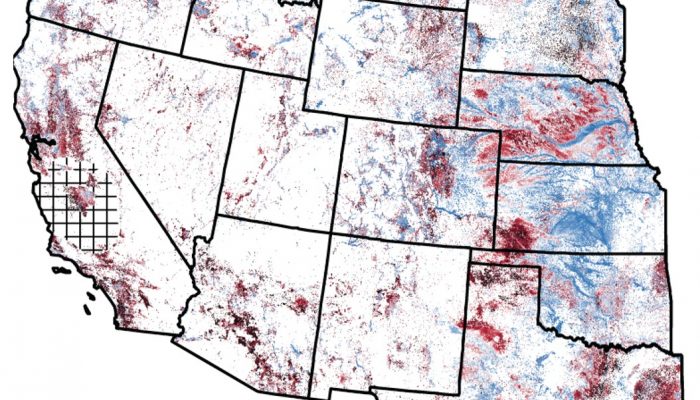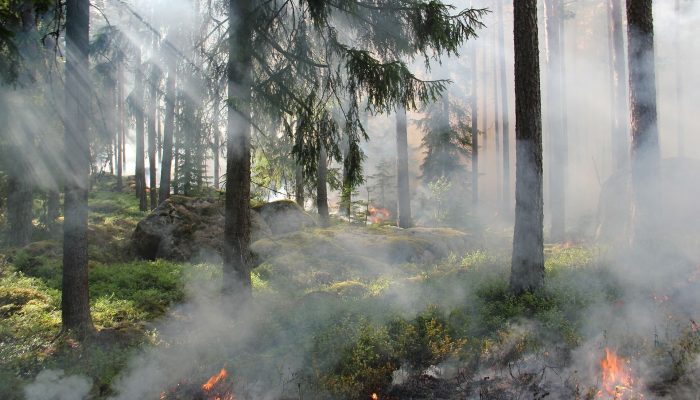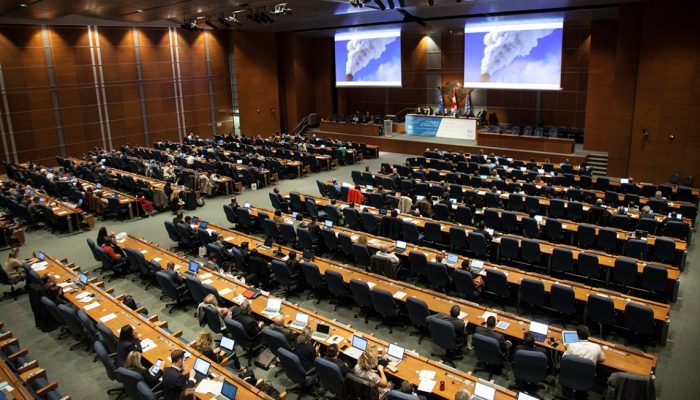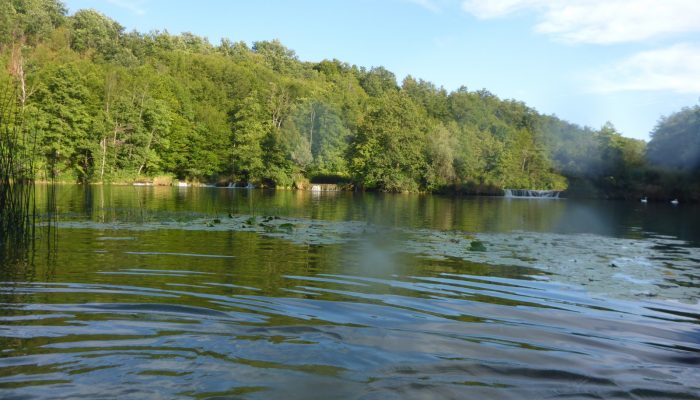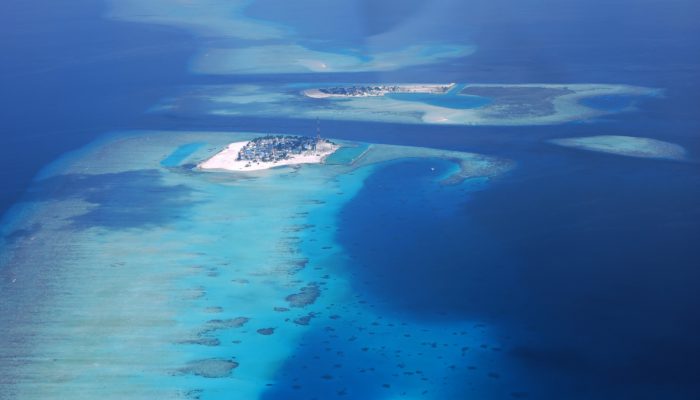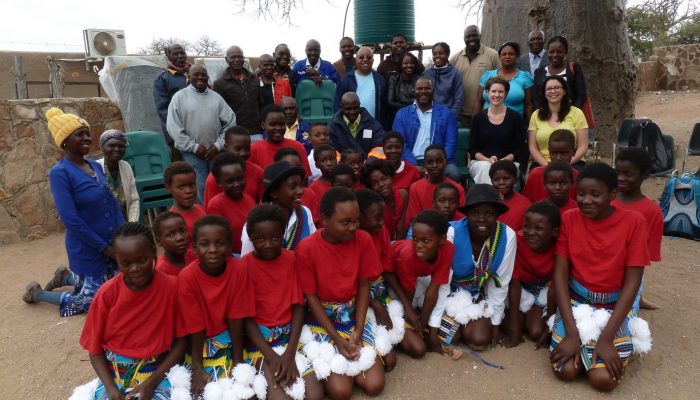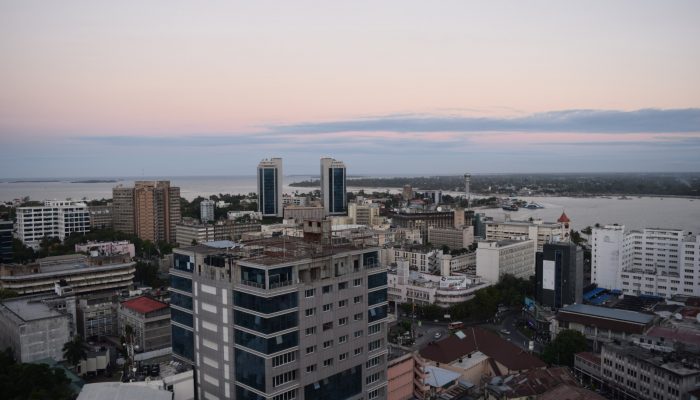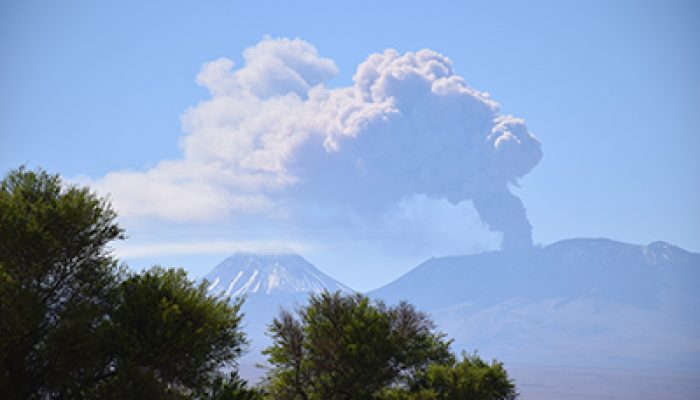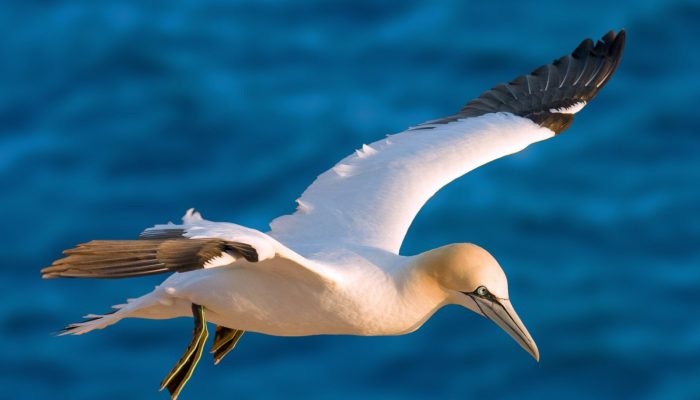Post by Scott Jasechko, Assistant Professor of Water Resources at the University of Calgary, in Canada, and by Debra Perrone, Postdoctoral Research Scholar at Stanford University, in the United States of America. __________________________________________________ Wells are excavated structures, dug, drilled or driven into the ground to access groundwater for drinking, cleaning, irrigating, and coo ...[Read More]
Geochemistry, Mineralogy, Petrology & Volcanology
Unseen but not unfelt: resilience to persistent volcanic emissions
The last decade has been inundated with reports of environmental disasters impacting the lives of billions of people around the world. While news coverage of floods, hurricanes, earthquakes or wild fires are always accompanied with spectacular images of destruction that emphasise the speed at which they strike, a myriad of slow and latent hazards have been left in the shadow of the public attenti ...[Read More]
GeoLog
Record-setting forest fires in 2017 – what is to blame?
Forest fires have once again seized the public consciousness in both Europe and North America. Extreme drought and temperatures contributed to a tinderbox in many forests, and have led to deadly fires across Europe and record-breaking, highly disruptive fires in the USA and Canada, from where I’m currently writing. A simple way to understand fire is by thinking about the fire triangle – the three ...[Read More]
GeoLog
GeoPolicy: IPCC decides on fresh approach for next major report
This month’s GeoPolicy post is a guest post from Sarah Connors, a Science Officer in the Intergovernmental Panel on Climate Change (IPCC) Working Group 1 Technical Support Unit (and former EGU Science Policy Officer). The IPCC is starting its sixth cycle, in which hundreds of scientists take stock of the world’s climate change knowledge by assessing the current scientific literature and then summa ...[Read More]
Geodynamics
The EUGEN e.V. meeting – a unique (geological) experience
Extracurricular activities for current and former geosciences students provide great value to early career scientists in terms of networking and broadening their scientific horizon. PhD student Maximilian Döhmann, who studies rock deformation with numerical models based on high temperature and pressure torsion experiments in the Geodynamic Modelling group of GFZ Potsdam, shares his experiences wit ...[Read More]
GeoLog
Imaggeo on Mondays: Isolated atoll
Covering a total area of 298 km², the idylic natural atolls and reefs of the Maldives stretch across the Indian Ocean. The tropical nation is famous for it’s crystal clear waters and picture perfect white sand beaches, but how did the 26 ring-shaped atolls and over 1000 coral islands form? Coral reefs commonly form immediately around an island, creating a fringe which projects seawards from the sh ...[Read More]
WaterUnderground
Everything is connected
Post by Anne Van Loon, Lecturer in Physical Geography (Water sciences) at the University of Birmingham, in the United Kingdom. __________________________________________________ In recent years the human dimension of hydrology has become increasingly important. Major flood and drought events have shown how strongly water and society are intertwined (see here and here). The hydro(geo)logical resear ...[Read More]
Geology for Global Development
Geoscience and Sustainable Cities (SDG 11) in Eastern Africa
Over the past seven months I’ve had the opportunity to visit four growing cities in eastern Africa: Kampala (Uganda), Nairobi (Kenya), Lusaka (Zambia) and Dar es Salaam (Tanzania). The importance of geoscience in delivering SDG 11 (Sustainable Cities and Communities) was evident. “More than half of the world’s population now live in urban areas. By 2050, that figure will have risen to 6.5 bi ...[Read More]
Atmospheric Sciences
Volcanic Ash Particles Hold Clues to Their History and Effects
Volcanic Ash as an Active Agent in the Earth System (VA3): Combining Models and Experiments; Hamburg, Germany, 12–13 September 2016 Volcanic ash is a spectacular companion of volcanic activity that carries valuable information about the subsurface processes. It also poses a range of severe hazards to public health, infrastructure, aviation, and agriculture, and it plays a significant role in bioge ...[Read More]
GeoLog
GeoSciences Column: Catch of the day – what seabirds can tell us about the marine environment
Off the coast of Germany, a male northern gannet (for ease, we’ll call him Pete) soars above the cold waters of the North Sea. He’s on the hunt for a shoal of fish. Some 40km due south east, Pete’s mate and chick await, patiently, for him to return to the nest with a belly full of food. Glints of silver just below the waves; the fish have arrived. Pete readies himself. Body rigid, wings tucked in ...[Read More]

